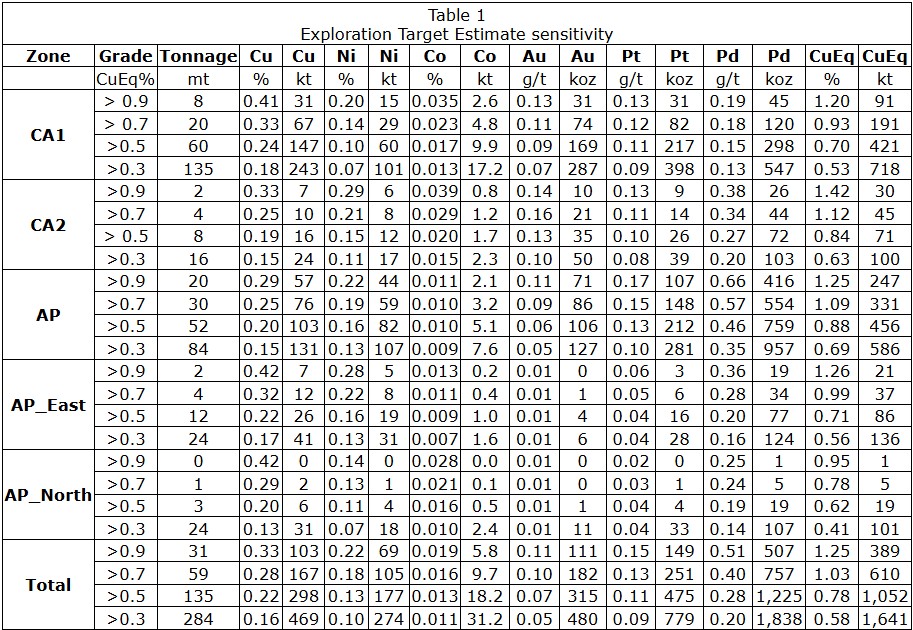Sign up for daily news updates from CleanTechnica on email. Or follow us on Google News!
She’s no longer relegated to appearances at rubber chicken luncheons. Or the designee for a difficult issue like southern border immigration — without possessing any teeth to enact substantive change. Now, as the Democratic Party’s presumptive nominee for President, US Vice President Kamala Harris will have a much more important role — she’ll be outlining how the next 4 years can be a time to heighten climate action at the US federal level.
 Chip in a few dollars a month to help support independent cleantech coverage that helps to accelerate the cleantech revolution!
Chip in a few dollars a month to help support independent cleantech coverage that helps to accelerate the cleantech revolution!
Sunday, July 21 was an historic day as President Joe Biden announced he will not continue his candidacy for a second term as US President.
“It has been the greatest honor of my life to serve as your President,” Biden said in a letter posted on social media. “And while it has been my intention to seek re-election, I believe it is in the best interest of my party and the country for me to stand down and to focus solely on fulfilling my duties as President for the remainder of my term.”
Vice President Harris, who had been apprised of the announcement earlier in the day, according to various media reports, responded that she would run for US President now that Biden’s decision has been made. “My intention is to earn and win this nomination,” she said in a statement. “We have 107 days until Election Day. Together, we will fight. And together, we will win.”
Among the various positions that Harris will support as part the Democratic Party’s platform, none may be more crucial than that of mitigating the climate crisis. At the upcoming 2-year anniversary of the Inflation Reduction Act’s (IRA) passage, Harris will be one of many senior officials traveling across the country to mark the occasion. Her words as a US Presidential candidate, however, will carry much more weight than ever before.
How Harris has Embraced Climate Action
Following decades of climate championship dating back to her years as a district attorney in San Francisco, in 2019, Senator Harris and Representative Alexandria Ocasio-Cortez (D-NY) introduced legislation that would have evaluated environmental rules and laws by how they affected low-income communities. It would have also established an independent Office of Climate and Environmental Justice Accountability and created a “senior adviser on climate justice” within several federal agencies. In 2020, Harris introduced a more sweeping version of the bill, although none of the legislation was passed.
As a Senator, she was also an original co-sponsor of the non-binding resolution defining the Green New Deal, a blueprint for a large-scale mobilization aimed at transitioning the US to 100% clean energy within a decade while providing people with job guarantees and “high-quality health care.” Harris also said she was “prepared to get rid of the filibuster” to pass the Green New Deal in the face of GOP opposition to climate action.
She declared there was “no question I’m in favor of banning fracking,” the technology that has fueled a US oil and natural gas boom and enriched economies in places such as North Dakota, west Texas, and Pennsylvania.
During her brief presidential run 5 years ago, Harris envisioned a climate pollution fee and would end federal subsidies for fossil fuels.
Since winning the White House with Joe Biden, Harris has supported the administration’s climate efforts, including legislation that provided hundreds of billions of dollars in tax credits and rebates for renewable energy and electric vehicles (EVs).
The vast, global efforts to arrest rising temperatures are imperiled and must accelerate, Harris told the world climate summit audience in December. “We must do more,” she implored world leaders at the COP28 climate talks in Dubai.
“Continued progress will not be possible without a fight. Around the world, there are those who seek to slow or stop our progress, leaders who deny climate science, delay climate action and spread misinformation, corporations that greenwash their climate inaction and lobby for billions of dollars in fossil fuel subsidies.”
Harris challenged leaders to cooperate and spend more to keep the goal of containing global warming to 1.5 degrees Celsius within reach. “Our action collectively, or worse, our inaction will impact billions of people for decades to come,” Harris said. US climate initiatives at COP28 included a $3 billion pledge for a Green Climate Fund, which would help countries adapt to climate change and reduce emissions. (The US Treasury Department later specified that the updated commitment was “subject to the availability of funds.”)
At the time, Politico opined that the Dubai speaking engagement had allowed Harris to bolster her credentials on a policy issue critical to the young voters key to “potentially to a future Harris White House run.” Advocates say the Vice President has made a concerted effort to do more public appearances on climate over the last year. Harris has discussed climate action at universities and other venues at full capacity with young people and environmental advocates.
Last July, Harris visited Baltimore and thanked local leaders for their partnership “in taking on one of the most urgent matters of our time: this climate crisis.” She spoke to the audience about communities choked by drought, washed out by floods, decimated by hurricanes, or darkened by wildfire smoke. “And you have seen the waters of the Chesapeake Bay rise, threatening homes and businesses that have stood for generations. It is clear that the clock is not only ticking,” she exclaimed, “it is banging. And we must act.”
Calling for local empowerment — “folks who know what their neighborhood needs and how to provide it” — and adequate resources to implement climate solutions that match the magnitude of the climate crisis, she described that, “by dramatically accelerating our work, we know we can lower emissions.”
She asked the audience to imagine:
- construction companies that will be able to build affordable housing, to install energy-efficient appliances in new units, to lower energy use, and to help tenants save on their electric bills
- the small-business owner who will receive zero-interest loans to electrify their fleet of delivery vehicles to reduce pollution and save on gas
- the house of worship that will have access to loan guarantees so they can install solar panels on the roof of their building to generate affordable clean electricity for the entire neighborhood
She reminded the audience that investments in clean energy create many good-paying union jobs, so that investing in climate means investing in families and the US and building “a better, cleaner, healthier future for generations to come.”
As Michael Moore reflected in his Substack this morning, “72% of us believe the Climate Crisis is real and that we must act NOW.”
Let us join together and imagine the US fighting boldly ahead toward a full embrace of renewable energy and sustainable commercial, agricultural, and lifestyle practices.
We can do it!
Have a tip for CleanTechnica? Want to advertise? Want to suggest a guest for our CleanTech Talk podcast? Contact us here.
Latest CleanTechnica.TV Videos
CleanTechnica uses affiliate links. See our policy here.
CleanTechnica’s Comment Policy




